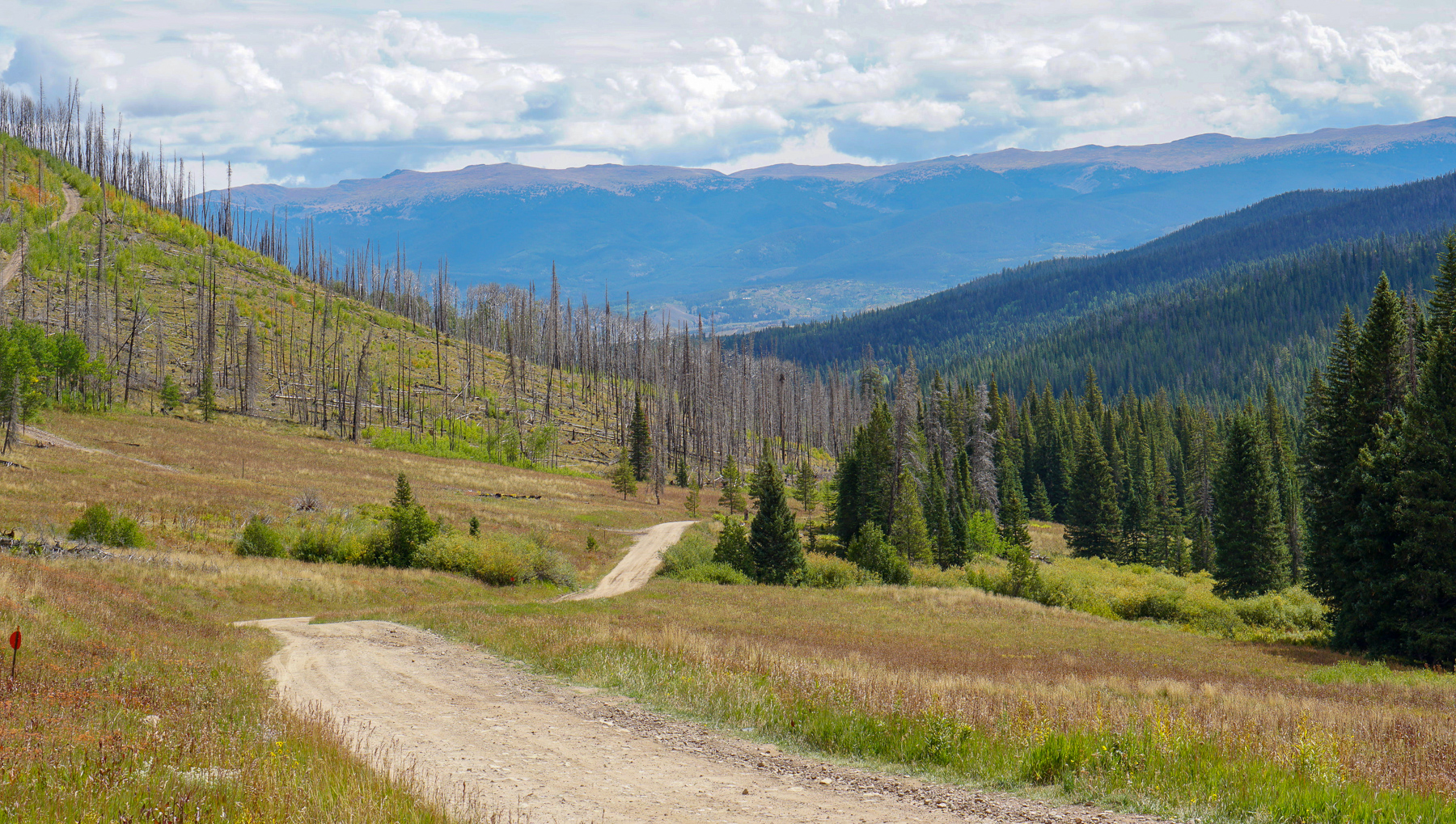Ben Delaney (Roll Massif)
For too long, I’ve driven hours to get to the gravel events that turn me on. But after a sneak peak at what Roll Massif has in the works for the 2019 riding season, I’ll get to stick a bit closer to home this summer. With road events that are icons of Colorado cycling, two endurance mountain bike races, and the addition of two, new gravel events, Wild Horse Gravel and Crooked Gravel, Roll Massif aims to show off the best cycling that Colorado has to offer.
I’m genuinely excited about these rides because of where they are and the people behind them. Many of them are run with timed segments for the feistier crowd. Wanna chill and take in the views? You can go that route too.
I also love that budding cyclists 18 and under ride free at Roll Massif’s road and gravel events. So bring the kids!
Here’s a look at the 2019 Roll Massif schedule:
Wild Horse Gravel - De Beque, CO, May 11
Sunrise to Sunset Elephant Rock - Castle Rock, CO, June 1 (12-hour MTB race)
Elephant Rock - Castle Rock, CO, June 2 (27 and 56-mile gravel options available)
Copper Triangle - Copper Mountain, CO, August 3
Crooked Gravel - Winter Park, CO, August 10
Sunrise to Sunset Winter Park - Winter Park, CO August 10
Tour de Vineyards - Palisade, CO September 21
Tour of the Moon - Grand Junction, CO September 28
If you want to learn more head over to Roll Massif. As for me, I plan on wrangling our crew of badasses and hitting Wild Horse Gravel, Crooked Gravel, Tour de Vineyards (I dig wine), and Tour of the Moon.




